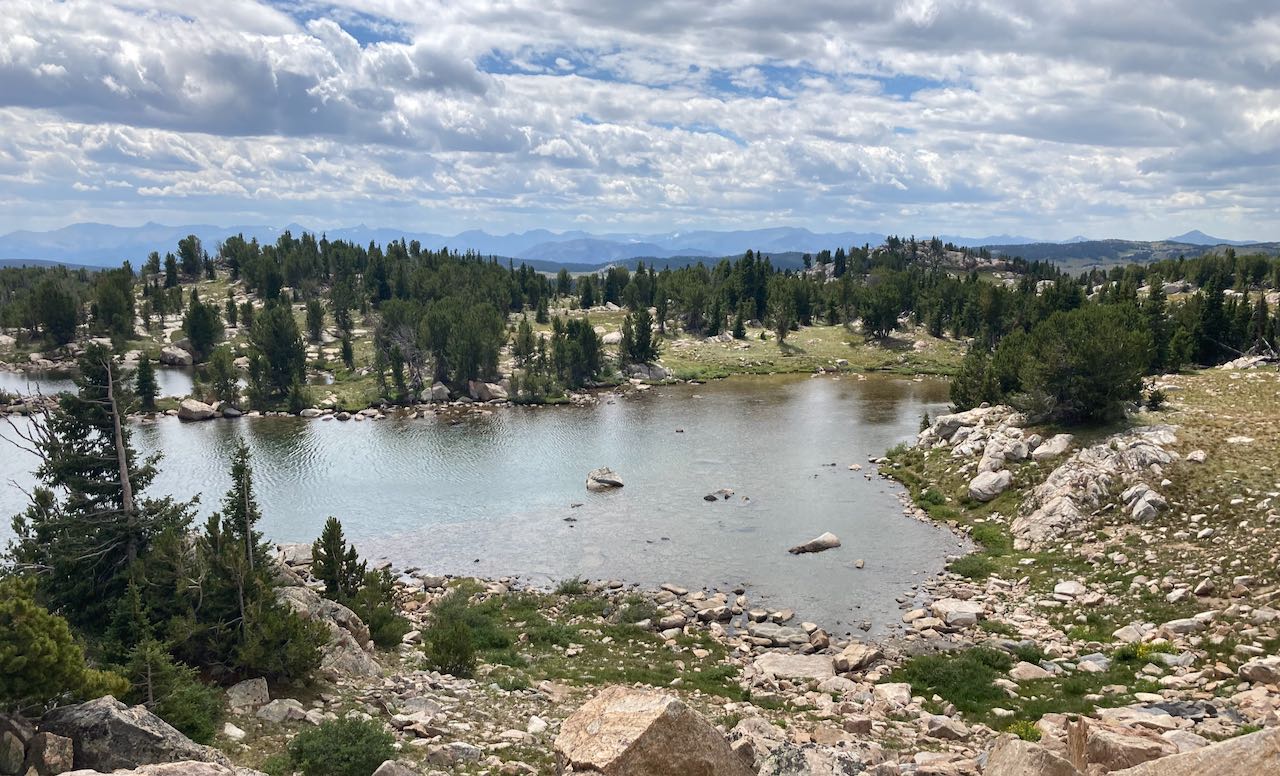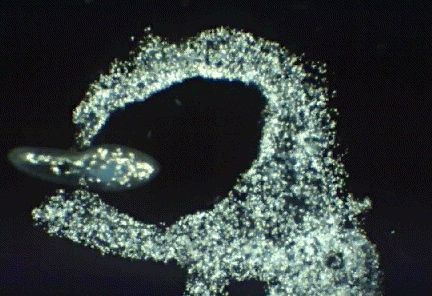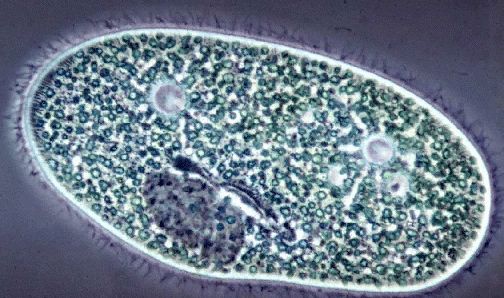J+M+J
Right now, I’m studying for a biology test on the Kingdom Protista, which contains algae and protozoa. They are both single celled organisms, but algae usually make their own food with photosynthesis and float in colonies wherever the water they live in pushes them. Protozoa, however, eat other organisms, usually have a way to move about, and generally don’t form any colonies.
I have learned a couple ways that people use protista, and most of them aren’t very appealing. For example, there’s a type of algae from phylum Chrysophyta (have to remember all the phylum names on the test) called diatoms that have a very hard cell wall, and when the diatom dies, the cell wall still remains and becomes fossilized. When there is a bunch of these cell wall remains clumped together, it is called diatomaceous earth, which is put into our toothpastes! Another algae contains alginic acid, or algin, which is used in puddings as a thickener.
I also have to study about all the harmful and parasitic protista, of which there are many. Malaria is caused by a protozoa in the phylum Sporozoa, genus Plasmodium. And when a dinoflagellate algae (phylum Pyrrophyta) such as gymnodinium brevis blooms or suddenly becomes very populous, it causes red tides which are deadly to the fish that live in the water and people that eat infected animals.
Each phylum has a different method of locomotion that I have to memorize, and I also have to identify a picture of a protista. This is where it gets really interesting. Take this amoeba of phylum Sarcodina:
In this picture it is engulfing a Ciliophora, which it will then devour, dissolving it with chemicals and absorbing it! The amoeba moves by squishing out bulges from its body called pseudopods, and then pulling itself along with them.
Here’s another protozoa, a Ciliophora like the one the amoeba is eating. They move by beating their cilia; those threadlike hairs that are all around their body.
A+M+D+G



Hi Miss Biology,
All those names, (Latin?),wow, way to go Sarah.
I think I have read about the diatomaceous earth. As I recall, it is used in gardens to kill slugs. It isn’t a poison, but the slugs crawl across it & the outcome isn’t good for their soft skin.